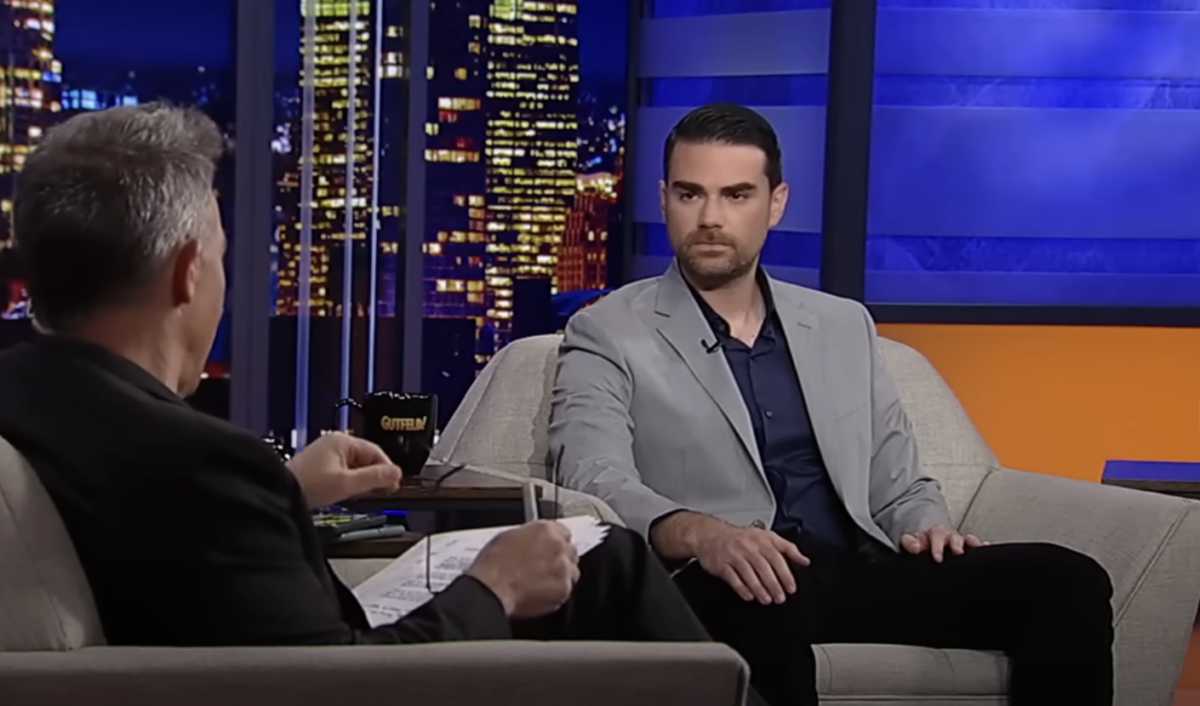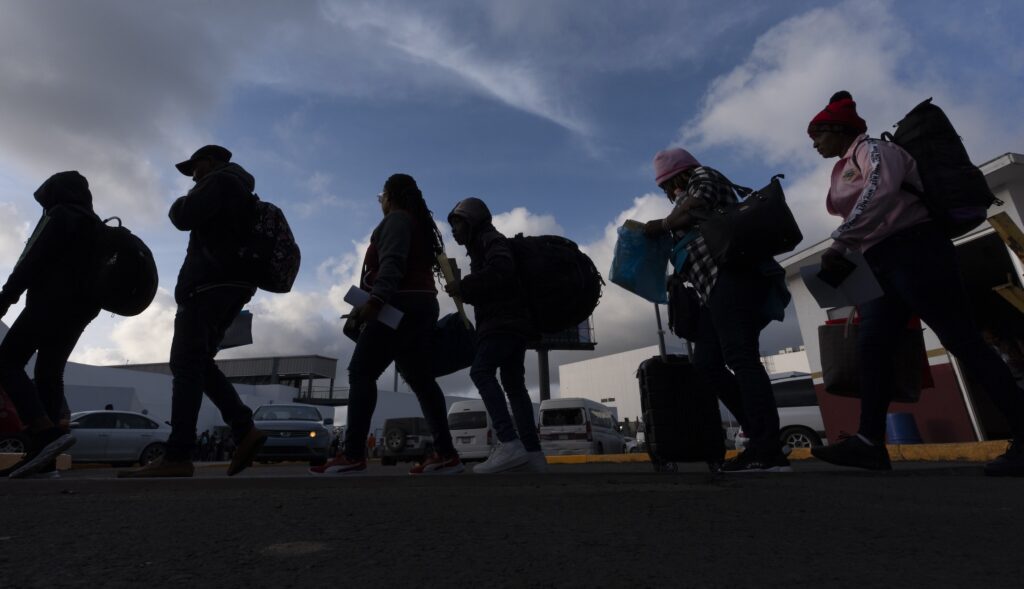Fed keeps rates unchanged, plans one more hike in 2021.
The Federal Reserve made the decision to keep interest rates unchanged at the September Federal Open Market Committee (FOMC) policy meeting. This means that the benchmark fed funds rate will remain at a range of 5.25 percent to 5.5 percent, which is the highest it has been in 22 years.
However, the central bank did leave the possibility open for one more rate increase before the end of the year, while also indicating that any future rate cuts would be smaller in 2024.
The FOMC noted that the U.S. economy has been growing at a “solid pace,” despite a recent slowdown in employment gains. The unemployment rate remains low, according to the committee.
Related Stories
The FOMC stated that “inflation remains elevated” and expressed concerns about tighter credit conditions impacting economic activity, hiring, and inflation. The committee will closely monitor inflation risks when considering further policy adjustments.
Additionally, the FOMC plans to continue reducing its holdings of Treasury and mortgage-backed securities.
Looking ahead, investors anticipate a rate pause in the last two meetings of 2023, according to the CME FedWatch Tool.
All three major U.S. stock indexes experienced declines, with the Nasdaq falling the most at 1.5 percent.
The U.S. Dollar Index (DXY), which measures the value of the dollar against other currencies, recovered most of its losses and remained above the important 105.00 threshold. So far this year, the index has risen by approximately 1.5 percent.
Summary of Economic Projections
The Federal Reserve released the latest Summary of Economic Projections (SEP), which includes revisions by Fed board members and bank presidents. The central bank still expects one more rate hike this year before concluding its tightening campaign. The SEP indicates a median policy rate of 5.6 percent by the end of the year.
Looking further ahead, the median projection for the fed funds rate is 5.1 percent next year, up from the previous estimate of 4.6 percent in June. This suggests that any future monetary easing will occur at a gradual pace. By the end of 2025, the median projection for the policy rate is 3.9 percent, up from 3.4 percent, before eventually falling to 2.9 percent.
Officials predict that real GDP growth in 2023 will be 2.1 percent, an increase from the June forecast of 1 percent. They also expect the economy to expand by 1.5 percent in 2024, up from 1.1 percent in the previous SEP. The projection for real GDP growth in 2025 remains at 1.8 percent.
The unemployment rate is projected to rise to 3.8 percent this year, a downward revision from 4.1 percent. It is also revised down to 4.1 percent for 2024 and 2025, with policymakers expecting rates of 4.5 percent in both years.
According to the SEP data, the Fed’s preferred inflation metric, personal consumption expenditures (PCE) inflation, is revised higher to 3.3 percent for 2023, up from 3.2 percent. Looking ahead to 2024 and 2025, PCE inflation is anticipated to be 2.5 percent and 2.2 percent, respectively. Core PCE, which excludes volatile food and energy components, is revised lower to 3.7 percent for the year, down from 3.9 percent. Core PCE remains unchanged at 2.6 percent in 2024 and is adjusted higher to 2.3 percent in 2025, up from 2.2 percent.
A Long Road to 2 Percent
During the post-FOMC press conference, Fed Chair Jerome Powell emphasized that achieving the central bank’s 2 percent inflation goal will take time and that they are “prepared to raise rates further if appropriate.”
Mr. Powell informed the press that “the majority of participants believe that it is more likely than not that it will be appropriate for us to raise rates one more time in the two remaining meetings this year.”
However, he also acknowledged that reaching the 2 percent objective will require a period of below-trend growth and softer labor conditions.
In the meantime, the Fed will maintain interest rates at restrictive levels until they are confident that inflation is sustainably moving towards 2 percent.
Mr. Powell stated, “Real interest rates are positive, and that’s a good thing. We need policy to be restrictive so that we can get inflation down to target.”
As the Fed continues its journey towards the inflation goal, it will proceed with caution.
While Mr. Powell did not place significant importance on one more rate hike, he emphasized that stronger economic activity is the primary reason for further interest rate adjustments.
Regarding the broader economy, Mr. Powell clarified that a soft landing is not the Fed’s baseline expectation.
What Fed Officials Were Saying
In the weeks leading up to the September policy meeting, officials discussed the possibility of leaving interest rates unchanged to assess economic conditions.
John Williams, head of the New York Fed, stated in an interview with Bloomberg that the Fed’s monetary policy is “in a good place,” but future decisions will depend on economic data.
“We’ll have to keep watching the data carefully and really asking ourselves the question: is this sufficiently restrictive? Do we need to maybe raise rates again to make sure that we’re keeping that steady progress in terms of shrinking imbalances in the labor market and bringing inflation back down?” Williams said.
However, Dallas Fed Bank President Lorie Logan expressed the view that additional policy tightening might be necessary due to “excess inflation.”
“Forecasts are inherently uncertain. My base case, though, is that there is work left to do,” Logan said. “After the unacceptably rapid price increases of the past several years, I’m not yet convinced that we’ve extinguished excess inflation.”
Various measurements have indicated a resurgence in price inflation.
In August, the consumer price index climbed to 3.7 percent on a year-over-year basis. The producer price index also rose to an annualized pace of 1.6 percent.
Furthermore, input prices in the manufacturing sector increased, and export prices surged by 1.3 percent month over month in August, according to the Census Bureau.
Consumer inflation expectations have been mixed.
The New York Fed’s Survey of Consumer Expectations showed a slight increase in one-year-ahead inflation expectations, while the University of Michigan’s year-ahead inflation expectations index declined.
How does the Federal Reserve’s decision to keep interest rates unchanged reflect its commitment to maintaining stability?
G is the central bank’s goal and that they aim to avoid a recession. He stated, “We’ve had a long expansion, and it’s quite likely that the risks are more to the downside.” This suggests that the Fed is mindful of potential economic risks and will act accordingly to maintain stability.
In conclusion, the Federal Reserve has decided to keep interest rates unchanged at the September FOMC policy meeting. While leaving open the possibility of one more rate increase before the end of the year, the Fed also indicated that any future rate cuts would be smaller in 2024. The central bank remains confident in the U.S. economy’s solid pace of growth, despite a recent slowdown in employment gains. The FOMC expressed concerns about inflation and tighter credit conditions impacting economic activity, and it plans to continue reducing its holdings of Treasury and mortgage-backed securities.
Looking ahead, investors anticipate a rate pause in the last two meetings of 2023. Additionally, the Summary of Economic Projections released by the Fed projects a median policy rate of 5.6 percent by the end of the year. The projections also indicate a gradual pace of future monetary easing and positive projections for real GDP growth. The Fed’s preferred inflation metrics have been revised higher for 2023 but remain within the target range.
Chair Jerome Powell emphasized the need for more time to achieve the central bank’s 2 percent inflation goal and stated that the Fed is prepared to raise rates further if appropriate. However, he also acknowledged the need for below-trend growth and softer labor conditions to reach the target. The Fed aims for a soft landing and will proceed with caution as it continues its journey towards the inflation goal.
Overall, the Federal Reserve’s decision reflects its commitment to maintaining stability and supporting the U.S. economy’s growth while closely monitoring inflation and economic risks.
Read More From Original Article Here: Fed Holds Rates Steady, but Projects One More Hike This Year
" Conservative News Daily does not always share or support the views and opinions expressed here; they are just those of the writer."Sponsored Content





